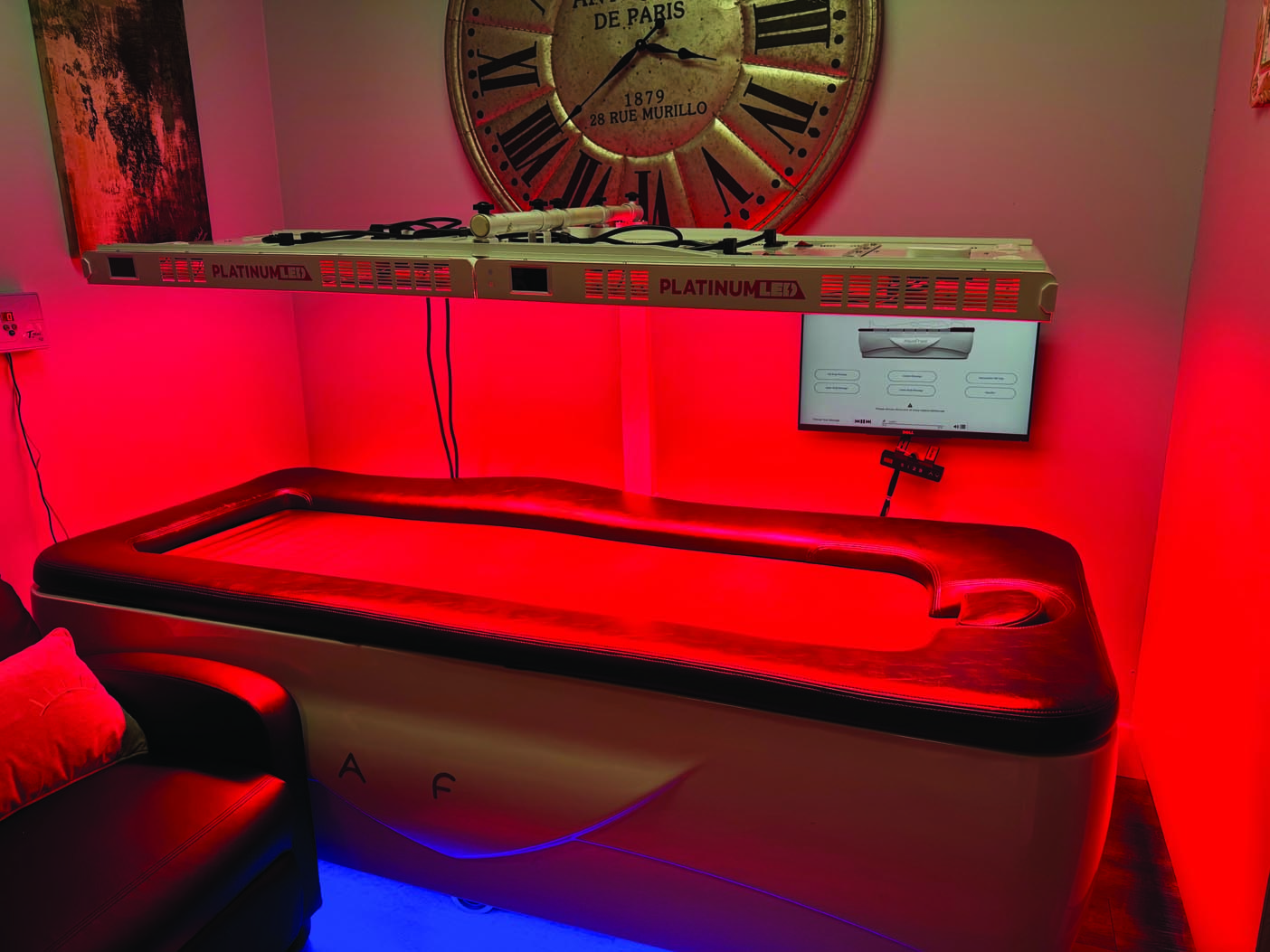A recent story in Allure magazine reported that a 43-year-old Tennessee woman is “speaking up” about her 86 skin cancer surgeries. Lisa Pace, apparently, has dealt with skin cancer for over 20 years, including battles with melanoma, as well as basal cell and squamous cell carcinoma.
[gap height=”15″]
Although she claims that her mother used sunscreens on her as a child – which would be about the same time that modern sunscreen began to be widely available – she also claims that she was addicted to tanning beds. She started tanning in high school and continued throughout college at a self-proclaimed frequency of once or twice per week. This means that she tanned indoors on a regular basis for at least an eight-year period, if I read her comments correctly. She never admitted to ANY outside UV exposure or getting a sunburn at a pool, a beach, a park – EVER. Hmm, well, okay.
[gap height=”15″]
According to Pace, her dermatologist told her that tanning beds had likely caused the cancer. She claims that was the first time anyone had discussed this with her – and we should remember that it was 20 years ago. I’m not quite sure what her implication was on that … Anyhoo, let’s move on to the big picture.
[gap height=”15″]
It’s unfortunate that anyone has to suffer with cancer. However, there are certain people who are predisposed to skin cancer. Typically, people with Skin Type I, although not limited to those with fair skin, blue eyes and freckles, fit that description and as we know, they are not candidates for indoor tanning OR outdoor sun exposure. Fair skin, light hair and nevi coverage (moles on the skin), as well as a family history of skin cancer will also put some at risk. The story does not speak to her skin or hair color (each light), moles, or family heredity. These are certainly leading factors of skin cancer.
[gap height=”15″]
Since I began this month’s “Watchdog” piece with “numbers” in the title, let’s run with it for a minute. Modern indoor tanning has been, arguably, available since around 1979, about 40 years. How many salons are in the U.S.? Well, perhaps as many as 30,000 in the industry’s halcyon days – currently, maybe about 10,000. Anti-tanning zealots like to use numbers from those strong years to make their next claim: 25-30 million indoor tanners per year. Okay, and let’s say that each goes to the salon only once a week. One session x 52 weeks x 25 million tanners =1,300,000,000 indoor tanning sessions per year. Now, multiply that by 40 years. That number comes to 520,000,000,000 sessions!
[gap height=”15″]
Now, the next claim by the Skin Cancer Foundation: “One indoor tanning session before the age of 35 increases the risk of skin cancer by 75%.” There is only one type of skin cancer factually logged by the Surveillance, Epidemiology and End Results program (SEER) that is tracked: melanoma. Basal cell and squamous cell carcinoma numbers are only estimated, as most are treated on an outpatient basis. Estimated cases of melanoma in 2019: 96,480. This tabs out to .000295% of our current population diagnosed with melanoma. And that’s a number that I can almost assure you will not see published.
[gap height=”15″]
Except here. Do the math.
[gap height=”15″]
Team IST searches for erroneous, suspect or negative reporting by the media that adversely impacts the tanning industry. Reports such as these have plagued tanning businesses for decades. Although the media sources will seldom admit a falsehood and print a retraction, IST offers these well-crafted responses to the negative reports that can be shared with your customers and potential customers, alike.
























